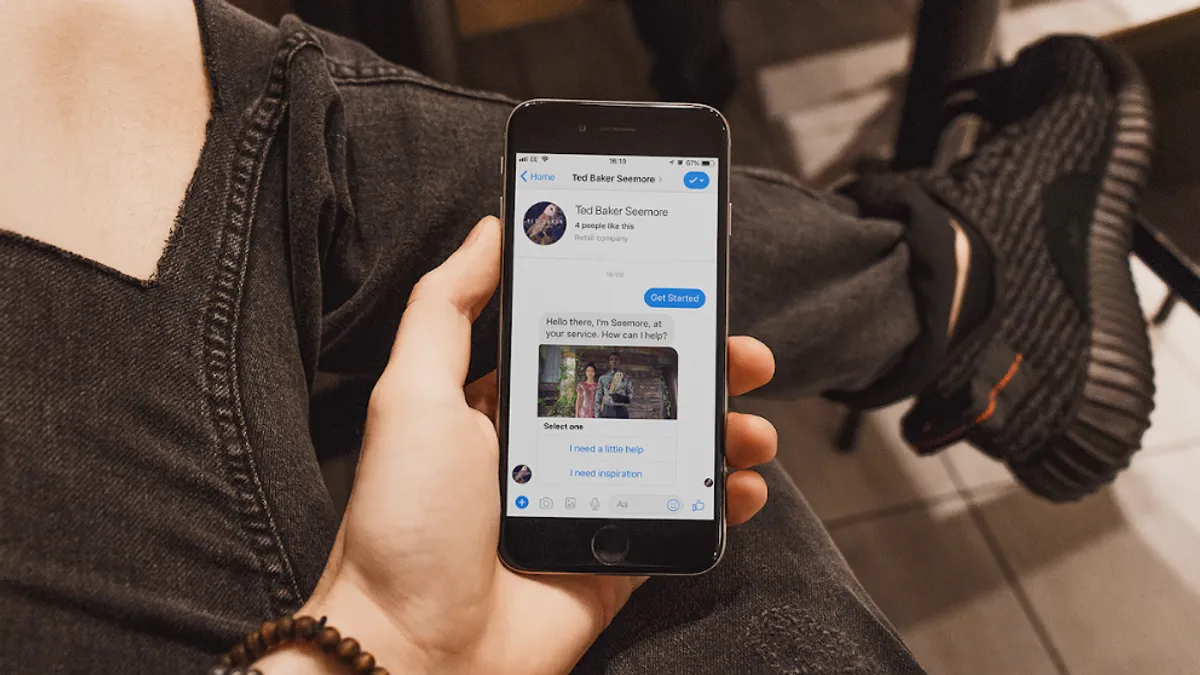Brief:
- Facebook, Wells Fargo and Bank of America are the best brands at communicating with their users, according to a survey that mobile marketing platform Leanplum shared with Mobile Marketer. The firm also found that the No. 1 reason mobile users delete apps stems from receiving too many and irrelevant notifications from brands.
- Social media and financial brands tend to send the most helpful notifications, the survey found. More than 30% of people surveyed said they like to receive notifications for financial alerts, while more than 25% said Facebook does the best job with communications.
- Email is still a powerful marketing medium, with 46% of respondents saying they prefer to receive notifications in the format, compared with 15% who prefer push notifications. Forty-three percent of millennials said they prefer to receive emails from brands, compared with 28% of Generation Z, per Leanplum.
Insight:
Mobile notifications are a powerful way to get the attention of consumers by filling their smartphone home screens with alerts, but marketers need to be careful about their notification strategies to avoid annoying consumers. Leanplum's finding that Facebook, Wells Fargo and Bank of America are best at communication by notifications indicates that the brands have found ways to connect with their mobile customers in non-intrusive ways.
Almost half (49%) of consumers said that financial and banking alerts were helpful, possibly indicating that mobile users want to be informed about sensitive information about their money. Only 13% of people said push messages from financial apps were annoying, per Leanplum.
Brands must be especially careful about their communications with younger adults who tend to be averse to ads and other marketing messages. More than 75% of millennials delete apps that annoy them with unnecessary notifications, although other generations also cited annoying messages from brands as a top reason to get rid of branded apps.
Leanplum's study follows other research that shows some kinds of notifications have low open rates because the alerts don't require additional action. Alerts about flight delays, package shipping status or breaking news, for example, can be easily read without having to tap through to a mobile app or website, per a study by marketing cloud platform Acoustic. U.S. click-through rates for marketing messages jumped 20% in 2018 from the prior year, possibly indicating that content optimization for mobile devices contributed to growth, its study found.
Marketers have grown more dependent on mobile platforms to reach target audiences. The average number of mobile notifications received by consumers rose 18% to 36 a month worldwide in the past year, according to a separate study by customer engagement firm Airship. The average notification opt-in rate has steadied at 67% of app users, per Airship. Industries that boosted their notifications the most included finance (up 57%), retail (54%) and media (41%).














